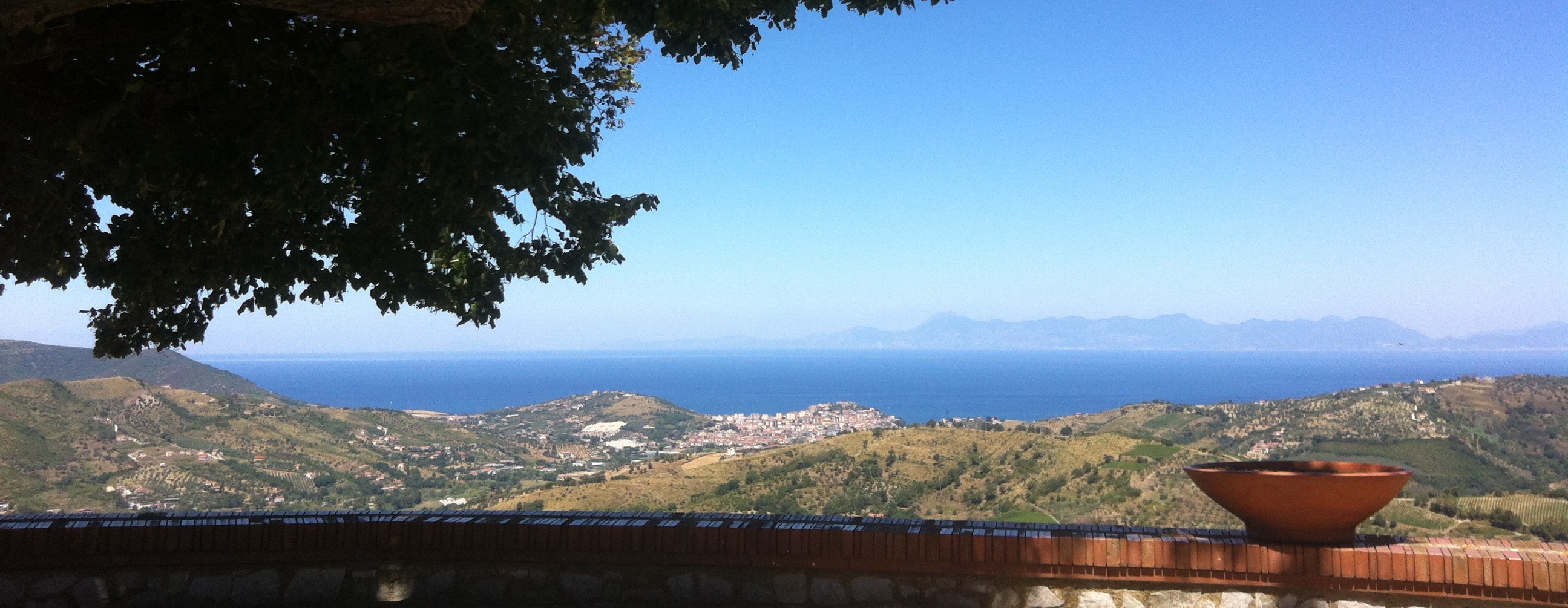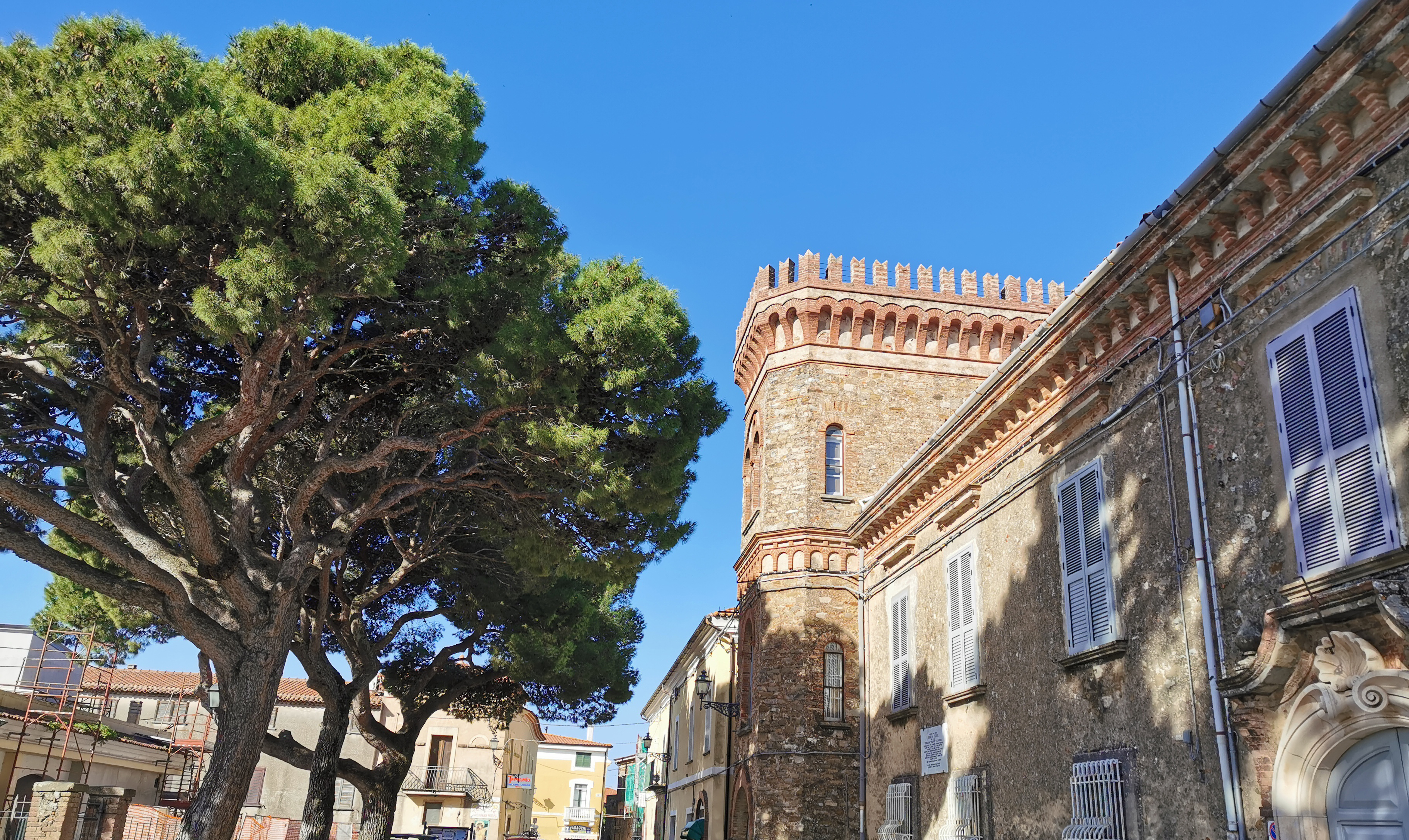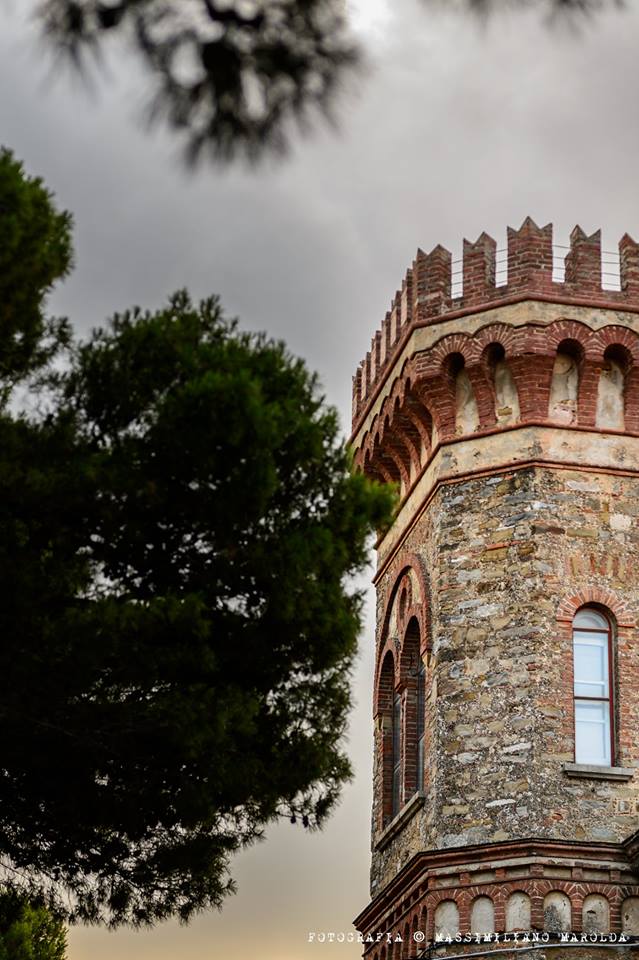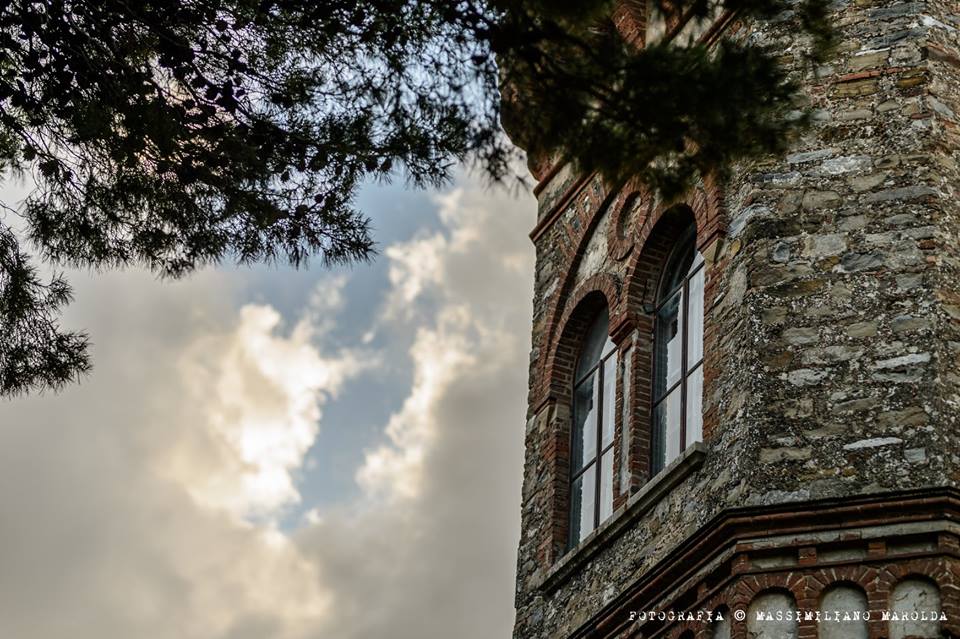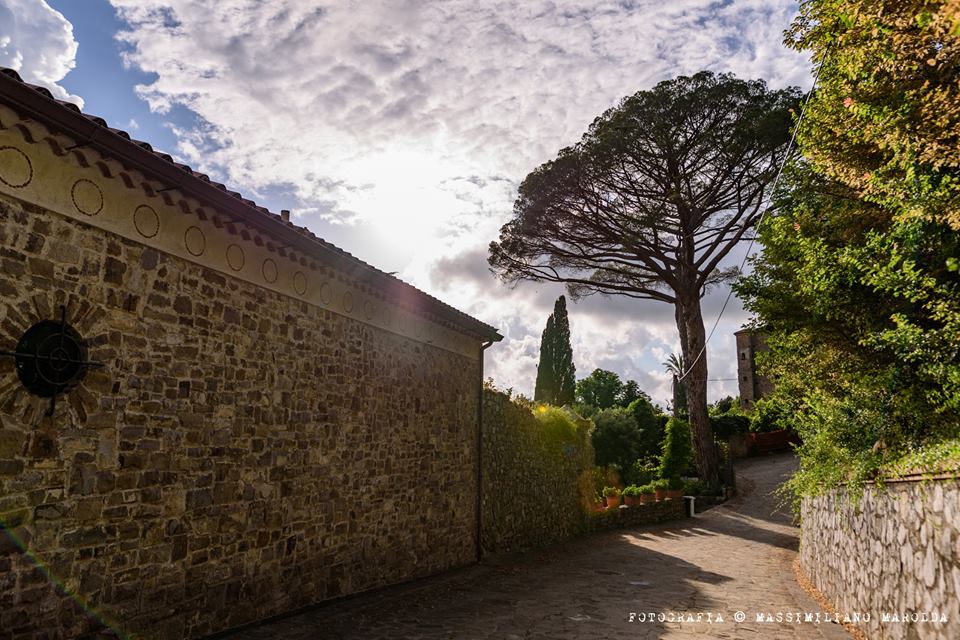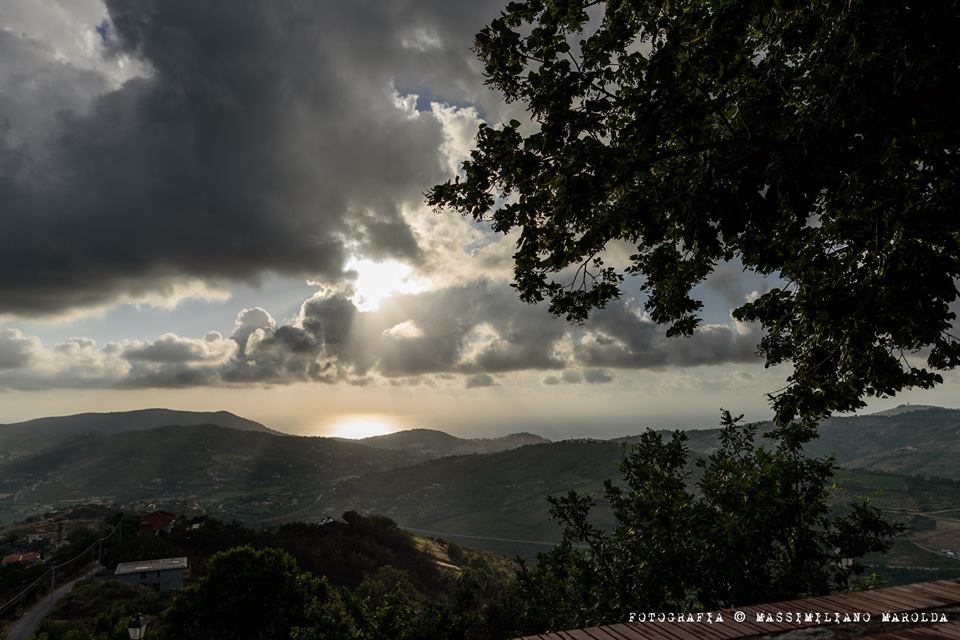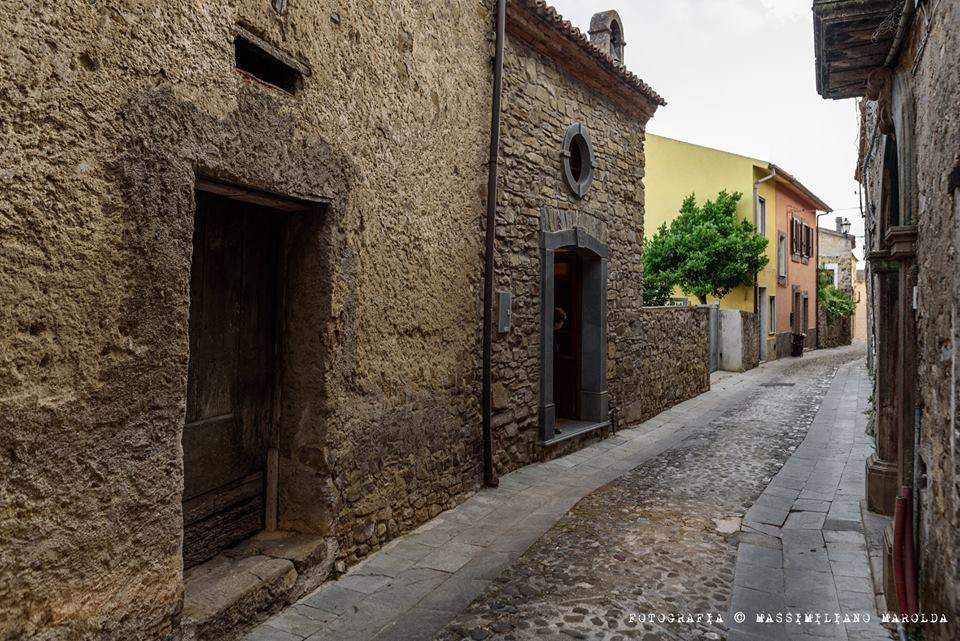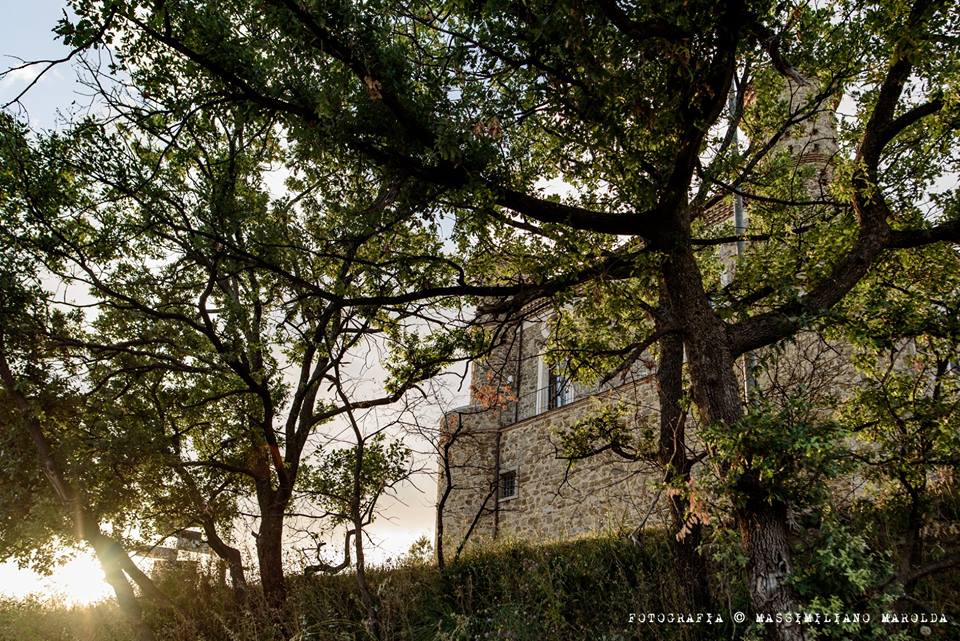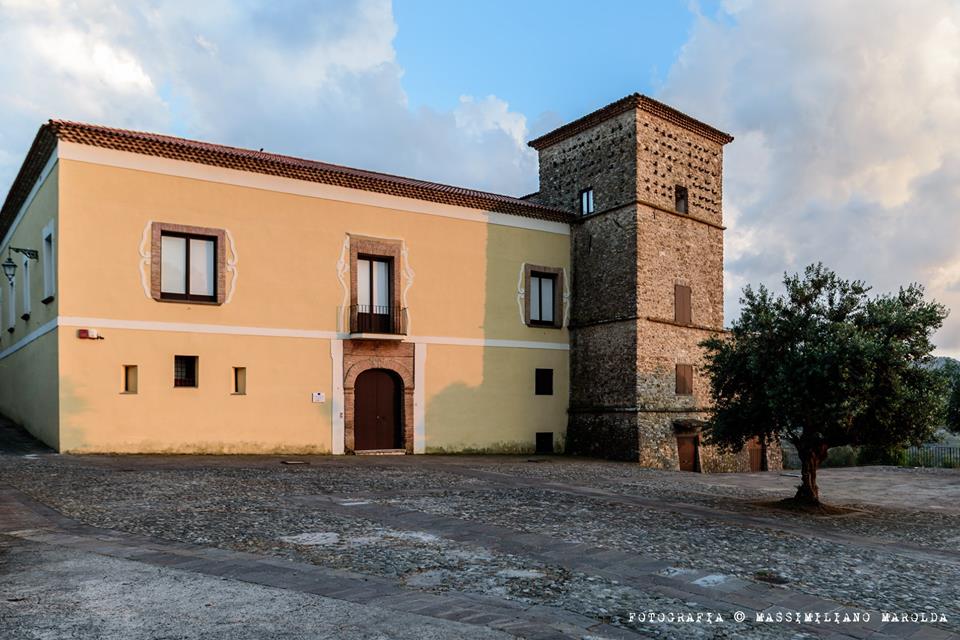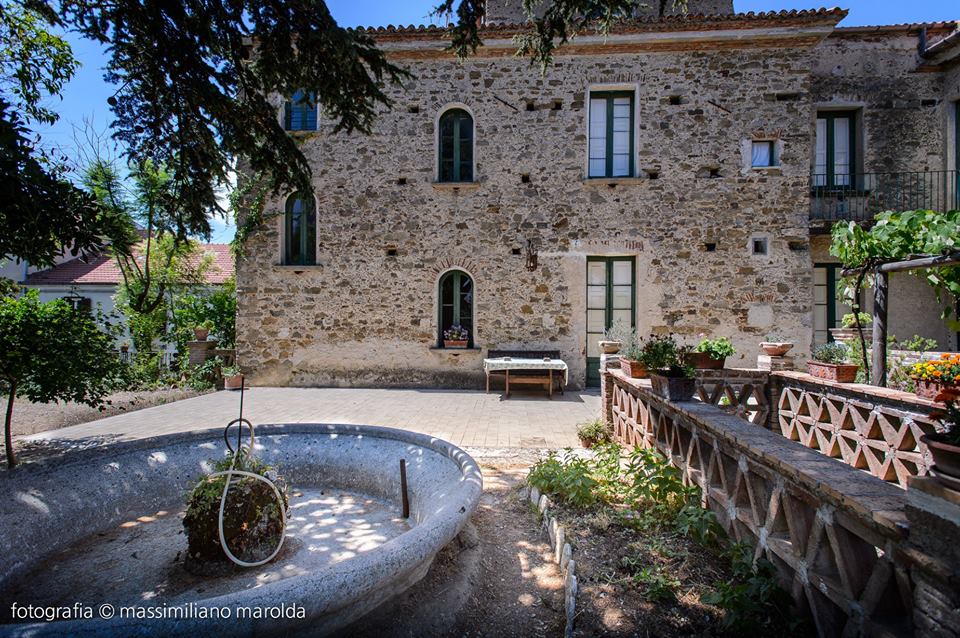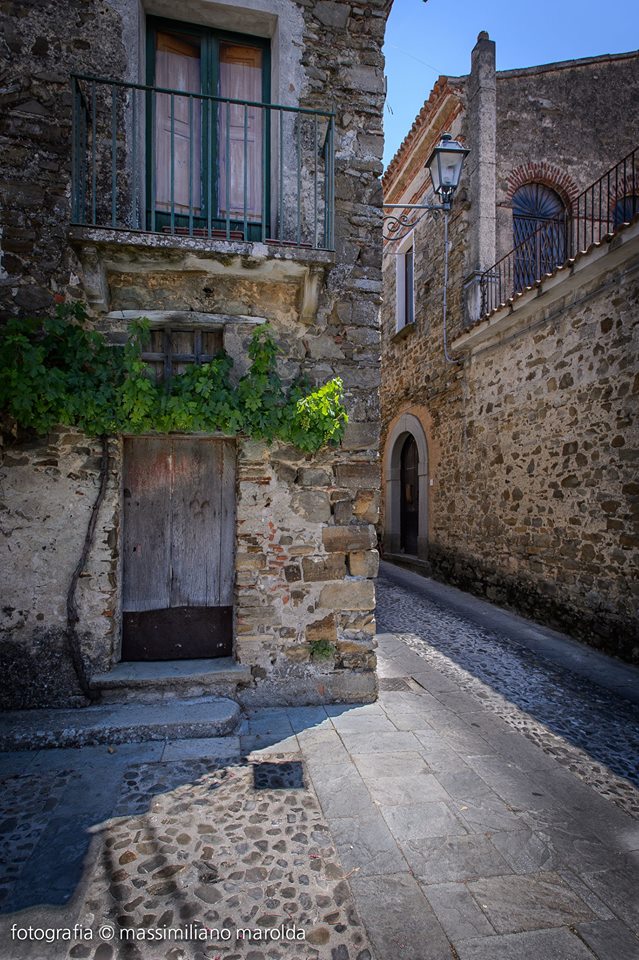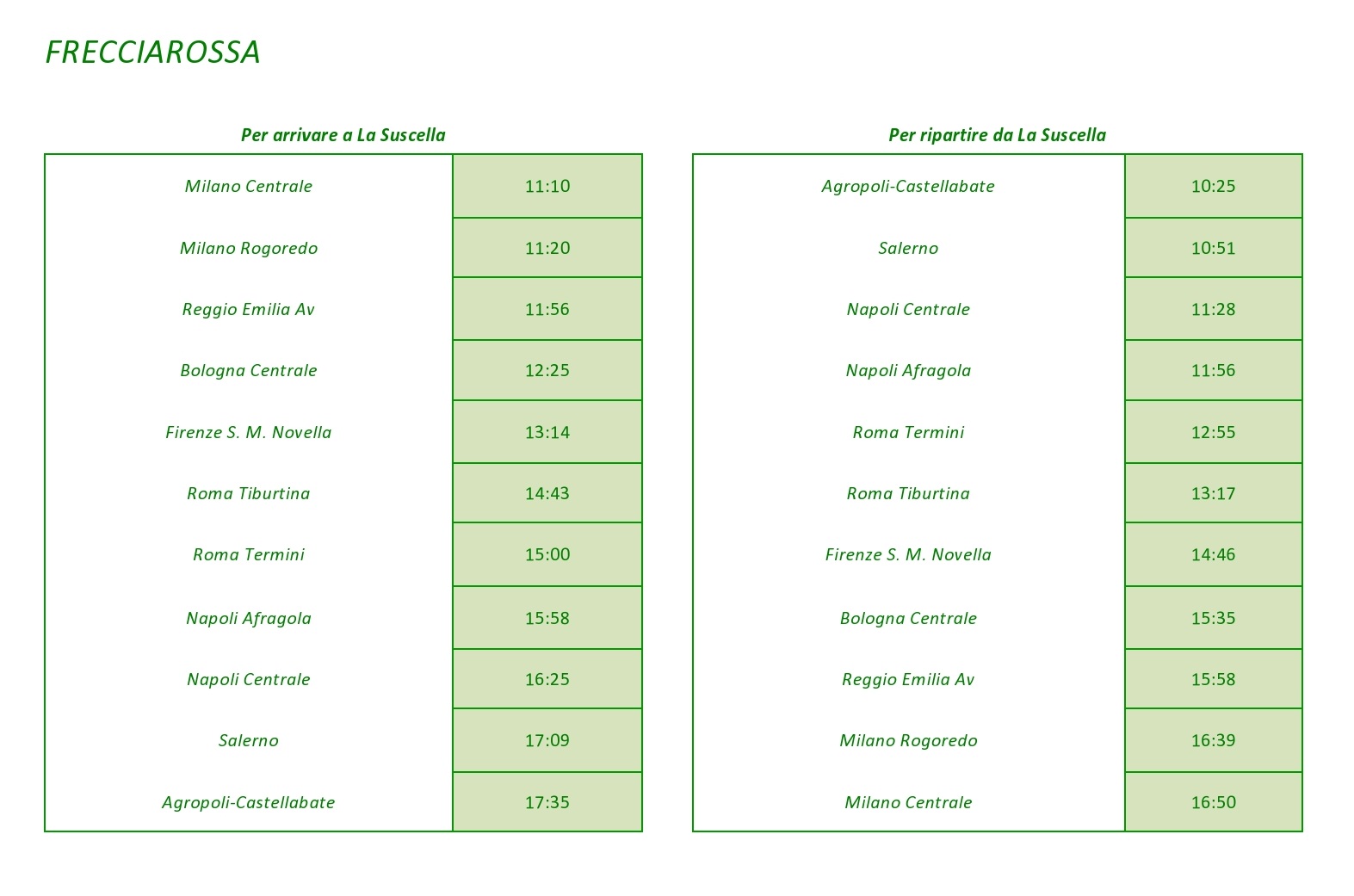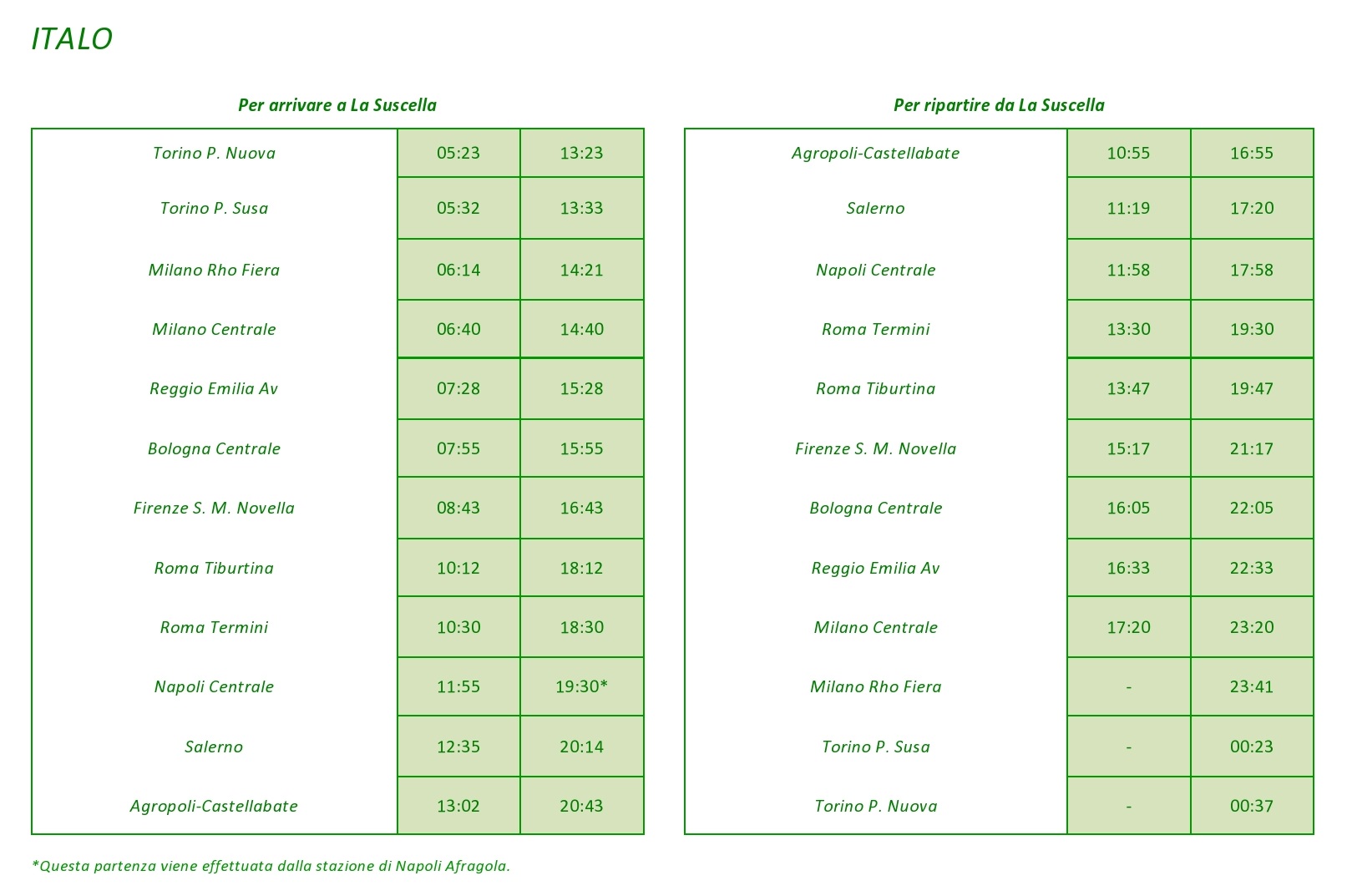Torchiara
For some centuries, the farmhouse was subject to the ups and downs of the Sanseverino family, who had received it from the Princes of Salerno and in the 18th century, it was handed down by the De Conciliis barons through several changes of ownership. Torchiara presents itself as a commercial and agricultural small town, which has also rapidly developed the activities of the tertiary sector. The Copersito hamlet lies on the slopes of a hill where there are many noble houses. The first record of Copersito is contained in a document (1058), in which a “via de Cupersito” is described. In 1167, however, a “Casali Cupersito” is mentioned. Others trace its origin back to the year 1100, when an agreement was concluded between the bishop of Paestum and the Abbot of Cava.
In the nineteenth century the inhabitants of Torchiara contributed to the insurrectionary movements, that tried to overthrow the great, medium and small monarchs from their thrones, in order to reach the unity of Italy. Gian Battista Riccio and the Pavone’s brothers distinguished themselves as the real leaders of the local revolt, linked with the liberals of the whole Cilento: in fact, a plaque, placed in the Sant’Antuono hamlet a century after the historical event, commemorates the place of the gathering, in which a column of rioters under the command of Angelo Pavone was about to join the others in Vallo della Lucania. In 1848 Torchiara was considered “the focal point of the insurrection”, so a ship was set up to bring a battalion of soldiers to Agropoli with the order of “getting Torchiara district in line”. A Bourbon official reported that “the main meeting of the rioters was the Sant’Antuono tavern”.
Torchiara has had a prestigious administrative role for about a century. In 1807 the Kingdom of the Two Sicilies was divided into ten provinces, further divided in districts. Due to its territorial centrality, from 1811 Torchiara was nominated as the capital of the district belonging to the Distretto di Vallo, which gathered Agropoli, the smallest municipality, Prignano Cilento, Cicerale, Laureana Cilento, Rutino and Ogliastro Cilento.
From 1860 to 1927, during the Kingdom of Italy it became the capital of the district belonging to the Distretto di Vallo della Lucania.
At the beginning of the 20th century, the birth of a new hamlet, called S. Antuono, represents an important social progress for the whole municipality. The village was built around a chapel dedicated to S. Antonio and near the ancient “taverns” of the Wednesday local fair. There are many monuments and historic buildings in to watch and visit in Torchiara. There is for exemple Palazzo Pavone, built in the 18th century, or Palazzo della Famiglia Torre which stands out imposingly in the main square of the small town.
The medieval appearance of the village, with its narrow streets and low houses, frames the wonderful historic town, which ends with the particular Church of SS. Salvatore, dating back to 1100, located on a platform overlooking the Cilento sea, where is also possible to see the famous isle of Capri. Other important buildings are the church of San Bernardino, the Torre Mangone, an 18th century building, built as a defensive and territorial control structure, the Palazzo Riccio, the 16th century Palazzo Baronale de Conciliis and Palazzo Siniscalchi in the Copersito area.
Sources: Wikipedia (https://it.wikipedia.org/wiki/Torchiara) InfoCilento (https://www.infocilento.it/turismo/torchiara/)
How to join us
It’s very simple to join us with High Speed trains!
Italo and FrecciaRossa High Speed trains stop in Agropoli-Castellabate, so just 8 min. from La Suscella! Consult the following timetables. Once at Agropoli station, you can book a car rental or use public transport to reach Torchiara very quickly! Contact us for more information.

